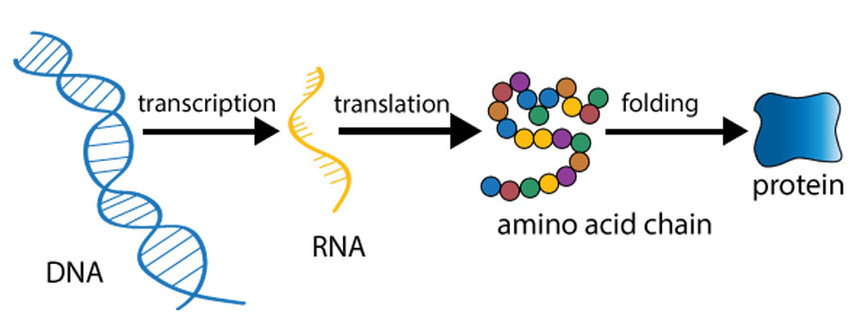For gene studies, the expression of target genes is often up-regulated to observe phenotypic changes. Over-Expression is the most commonly used method to up-regulate gene expression.The basic principle is to construct the coding sequence (CDS) of the target gene into a plasmid or viral vector and then introduce the plasmid or viral vector in vivo or vitro to make the gene expression increase. Depending on the purpose, over-expression vectors usually include cloning vectors, prokaryotic expression vectors, eukaryotic expression vectors, lentiviral vectors, adenovirus vectors, adeno-associated virus vectors, retroviral vectors, ect. BrainVTA offers various solutions for gene expression though viral vectors.
So how to choose the right expression vector? Maybe you could consider the following.
● Whether the expression time of the vector meets the experimental requirements.
● Whether the size of the target gene is within the capacity of the vector
● Whether the vector is efficient enough to transduce in the target cell or tissue.
|
|
Plasmid |
Lentivirus |
Adenovirus |
Adeno-associated virus |
|
Expression time |
Begin to express after 24h transfection,
Last 3-7 days |
Begin to express after 2-4 days infection,
Long-term stable expression |
Begin to express after 1-2 days infection,
Last 7-14 days |
Begin to express after 7-14 days infection,
Long-term expression in tissues where cell division is not vigorous |
|
Capacity |
< 5-8kb |
< 6kb |
<7.5kb |
<4.7kb |
|
Establishment cell line |
Suitable, Difficult to operate |
First choice |
No |
No |
|
Cell experiment |
Low efficiency |
First choice,
High efficiency |
Suitable for primary cell |
Not suitable |
|
Animal experiment |
Not suitable
|
Suitable
|
Suitable, High immunogenicity
|
First choice |
Also, we need to know some element in the vector, so that we can choose the suitable vector elements according to the purpose of the experiment. The following is an introduction to the common elements on the vector map: such as promoter, fluorescent tag, resistance, MCS, etc.
Type II promoter
● PCMV CMV promoter, spectrum, strong promoter
● EF1α
● PCBh
CBh promoter, retaining the core framework, transforming enhancers and introns, the expression intensity is higher.
Frequently used labels
● GFP
● Affnity label 3 FLAG, the expressed polypeptide is fused with the target protein to facilitate the detection of the expressionof the target protein.
Common resistance
● Prokaryotic resistance Amp'. Ampicillin, screening resistance in prokaryotic cells.
● Eukaryotic resistance Puro'. Puromycin is a protein synthesis inhibitor. Which is mainly used to screen stable cell strains.
Other elements
● MCS Multiple cloning site is composed of tnultiple restriction endonuclease sites. These sites are usually single-sites on thevector, which are the places where we manipulate foreign genes.
● IRES Internal ribosome entry site makes the initiation of protein translation independent of the 5'cap structure, but directlytranslates two completely independent proteins from the middle of the mRNA.
● Poly A Termination sequence
● pBR ori. The start site of DNA replication.
-
Lentivirus
-
● High titer, >108 TU/mL
-
● High transduction efficiency.
-
● Self-inactivated LV.
-
●Suitable for in vivo and in vitro experiments.
-
Learn more
-
AAVs
-
● High titer, ≥ 2×1012vg/ml
-
● 1000+ pre-made AAVs with different serotypes and promoters.
-
● 2000+ customized AAV services have beed offered.
-
Learn more
-
HSV
-
● High titer, >108 IFU/mL
-
●Large DNA capacity(>5Kb)
-
Learn more
-
CRISPR-Cas9
-
● saCas9/spCas9-Knock In
-
● dCas9-activator
-
● AAV/LV
-
Learn more
Advantages
● Competitive pricing
● Fast turnaround
● Stringent quality control processes
● Consulting service with experienced scientists
● A lot of ready-to-use vectors with a wide variety of promoters, selection markers, and reporters.
Whole Delivery Formats
● Report
● Lentivirus or AAV virus.
Success Story
